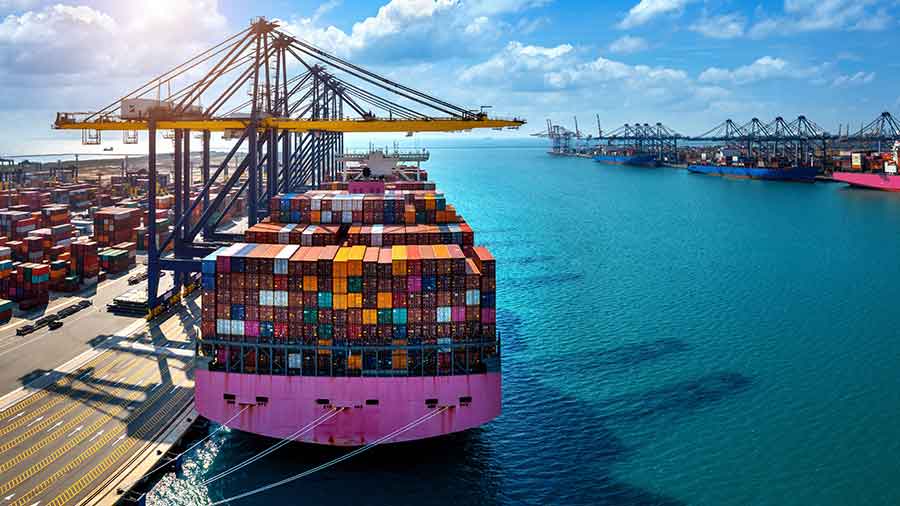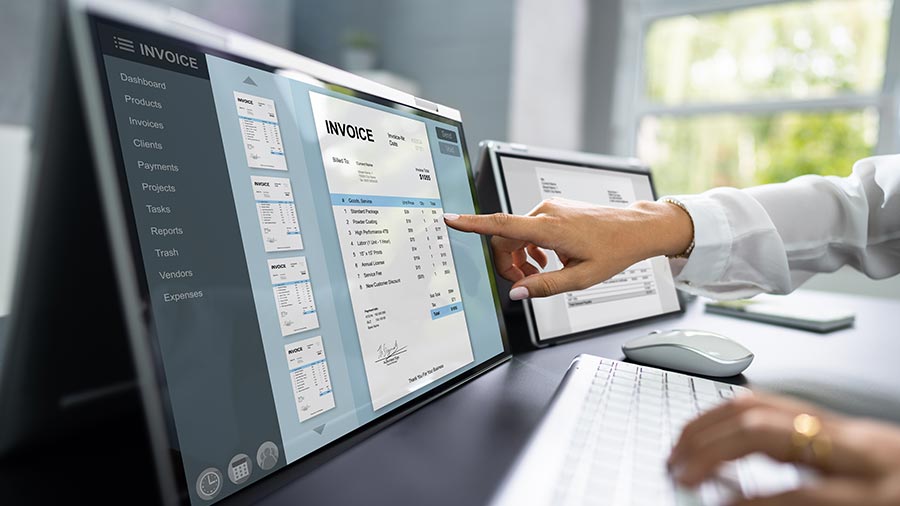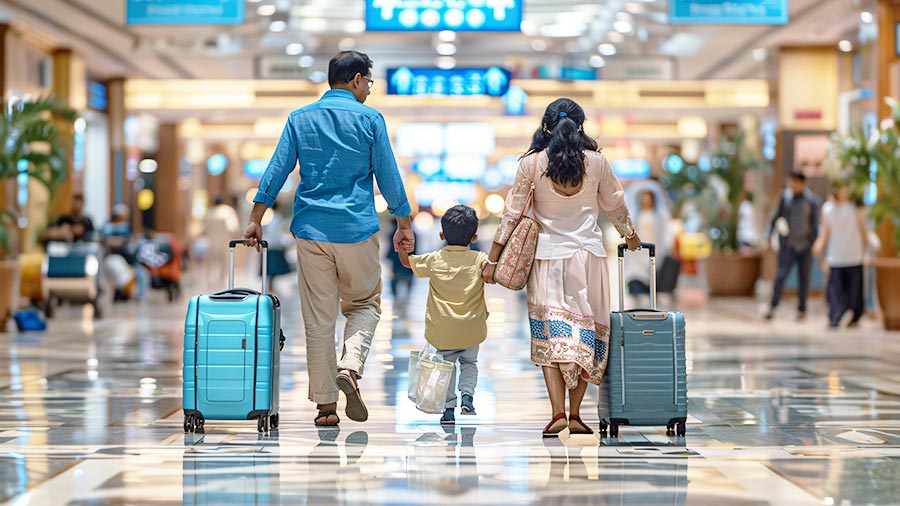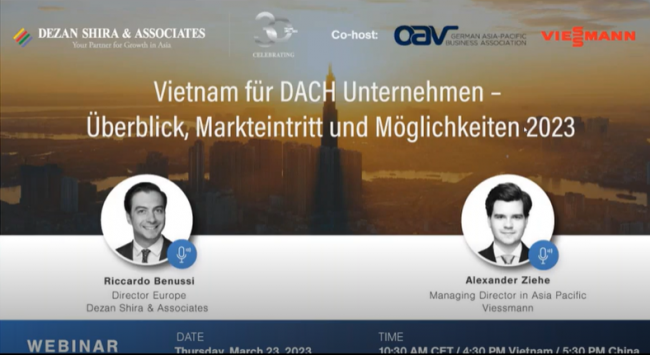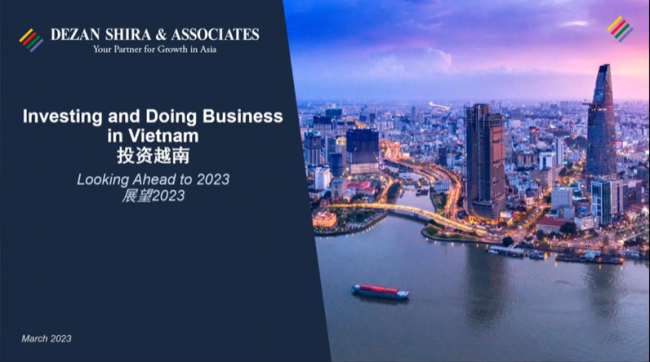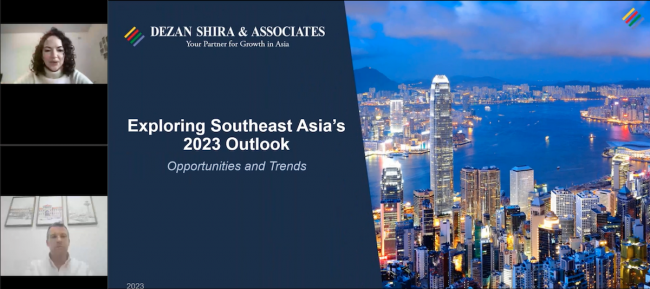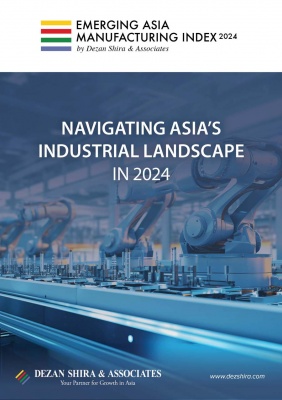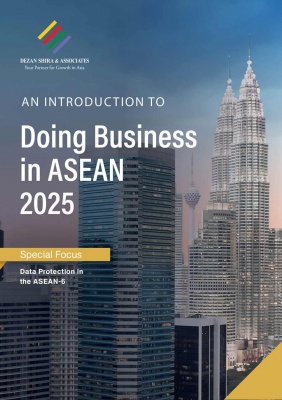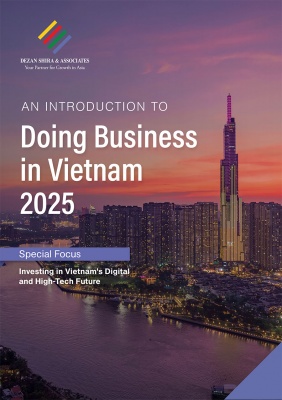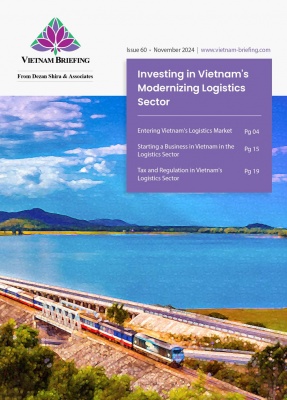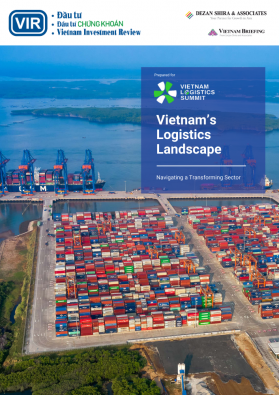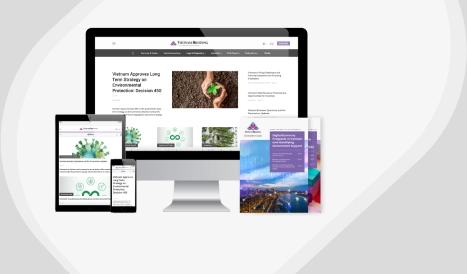Commuting During Tet: Strategies for Businesses in Vietnam
As the Vietnam Lunar New Year (Tet) approaches, traffic congestion in Hanoi and Ho Chi Minh City (HCMC) is intensifying, posing significant challenges for commuters. To mitigate the impact of these gridlocks on operations, businesses in these cities are encouraged to implement effective strategies while local authorities continue their efforts to address the issue.
Surging traffic jams in Vietnam’s major cities before Tet
Traffic congestion in Hanoi and Ho Chi Minh City (HCMC), Vietnam’s biggest cities, has significantly increased as the Tet holidays approach.
On January 12, a spokesperson for the Hanoi Traffic Police Department announced that traffic during the weekends in the lead-up to Tet has significantly increased, overwhelming the city’s traffic system. Reports from that morning indicated that even on Sunday, traffic density on major roads, such as Ring Road 2 in Cau Giay District, was exceptionally high. According to a previous report from the Institute for Transportation and Development Policy under the Ministry of Transport, traffic congestion has cost Hanoi between US$ 1-1.2 billion per year and has made air pollution five times worse.
During a meeting on January 13, Bui Hoa An, the vice director of the HCMC Department of Transport (DoT), reported that recent data revealed a 17 percent rise in congestion across several central areas of the city. The volume of vehicles on the roads has increased by up to 11.4 percent compared to the previous period, especially in the central zones, Binh Thanh District, and near Tan Son Nhat Airport.
Local officials noted that several factors have contributed to the increase in traffic in these metropolises. Travel and shopping activities have intensified in preparation for Tet, and various celebrations have led to vehicle restrictions on certain routes. These activities are expected to peak on the first day of the Lunar New Year, which falls on January 29, 2025.
Additionally, Decree 168/2024/ND-CP, which came into effect on January 1 and increased penalties for various traffic violations, has prompted drivers to be more cautious, particularly when making right turns at red lights. However, the increased vehicle density and closely spaced intersections have resulted in longer congestion periods.
Immediate measures to tackle Vietnam’s traffic spikes before Tet
Hanoi
Hanoi has rolled out drones equipped with cameras to oversee traffic on all roads, as reported by Truong Viet Dung, Chief of the municipal People’s Committee Office.
The city has also adopted six measures to alleviate congestion, which focus on enhancing public transport, strictly enforcing traffic rules, and leveraging information technology. The Department of Transport has implemented software designed to manage traffic flow at intersections.
Furthermore, more than 3,000 police officers and volunteers have been assigned to over 200 locations throughout the city during busy hours, according to Major General Nguyen Hong Ky, Deputy Director of the municipal Department of Police.
Vietnam’s government calls for strengthening traffic accident prevention
On January 16, Deputy Prime Minister Tran Hong Ha signed the Prime Minister’s Official Telegram 4/CD-TTg on strengthening traffic order and safety during the Lunar New Year and the 2025 Spring Festival.
Accordingly, the Prime Minister has requested that ministries, agencies, and local authorities continue to ensure traffic order and safety as requested under Official Telegram 132/CD-TTg, by taking the following actions:
- Implementing plans to accommodate the increased demand for travel;
- Effectively addressing violations of traffic order and safety that are common during holidays and the Tet festival;
- Preventing and alleviating traffic jams and accidents; and
- Strengthening medical services, resources, and supplies to ensure optimal capacity for medical examination and treatment, particularly for emergency care of traffic accident victims, in order to minimize loss of life.
Ho Chi Minh City
With the expectation that traffic will continue to rise in the upcoming days, HCMC authorities have deployed immediate measures to alleviate gridlocks in the city.
Reorganizing traffic signals
HCMC has identified 534 intersections needing traffic lights and right-turn signals and is planning to install over 1,900 lights (about three per intersection). In the first phase, 500 lights will be installed. So far, 80 lights have been successfully installed at 38 intersections, with more installations planned soon.
Enhancing traffic management
HCMC Traffic Police have increased their presence at key congested areas, such as train and bus stations, to manage traffic flow and reduce delays. They are working with district police, volunteers, and local security, especially during peak hours at expressway access points.
The city plans to recruit more youth volunteers for traffic regulation and will evaluate alleyways to ease road congestion. Law enforcement will verify reported violations to distinguish between actual infractions and reminders for responsible behavior.
Traffic relief in airport areas
The HCMC DoT has requested that the Southern Airport Authority and Tan Son Nhat International Airport manage traffic for taxis and ride-hailing vehicles, allowing pickups in lanes B, C, D, D1, and D2, with adjustments based on airport traffic. A temporary parking lot will also be maintained at the international terminal entrance to improve passenger service during the peak Tet holiday period.
Eliminate illegal coach stations
HCMC faces challenges from illegal coach stations that disrupt traffic, particularly during holidays. Relevant agencies are working to eliminate these unauthorized locations to ease congestion during peak travel times.
What business should do
Businesses in Vietnam that operate in crowded cities are advised to adopt strategies that can ensure operational efficiency as well as employee satisfaction. In the coming days, firms should consider the following measures to avoid delays or functional inefficiencies due to traffic congestion:
- Remote work and flexible hours: Businesses are encouraged to implement remote work options or flexible working hours. This can help reduce peak-hour traffic by allowing employees to work from home or stagger their work schedules.
- Investment in logistics technology: Utilizing advanced logistics and route optimization software can enhance delivery efficiency. Companies should consider partnering with technology firms to improve supply chain management and reduce delivery times.
- Promotion of public transportation: Booking a ride through ride-hailing or taxi apps can be challenging these days. Businesses can offer incentives to encourage employees to use public transportation instead. This might include providing subsidies for public transit passes or establishing a carpool program.
- Utilizing online communications: It is crucial to prioritize using online platforms for virtual meetings. When in-person meetings are necessary, companies should use real-time traffic data to help attendees avoid congested areas.
- Planning for airport travel: When traveling to catch a flight, don’t assume that traffic will only be heavy during peak hours. Congestion can last all day in certain areas, particularly near airports. It is advisable to leave home 30 minutes to an hour earlier than you usually would to ensure that you arrive on time for your flight.
About Us
Vietnam Briefing is published by Asia Briefing, a subsidiary of Dezan Shira & Associates. We produce material for foreign investors throughout Asia, including ASEAN, China, and India. For editorial matters, contact us here and for a complimentary subscription to our products, please click here. For assistance with investments into Vietnam, please contact us at vietnam@dezshira.com or visit us at www.dezshira.com.
Dezan Shira & Associates assists foreign investors throughout Asia from offices across the world, including in Hanoi, Ho Chi Minh City, and Da Nang. We also maintain offices or have alliance partners assisting foreign investors in China, Hong Kong SAR, Dubai (UAE), Indonesia, Singapore, Philippines, Malaysia, Thailand, Bangladesh, Italy, Germany, the United States, and Australia.
- Previous Article Vietnam’s Trade Performance in 2024: How to Read the Data
- Next Article HCMC Metro Planning and Transit-Oriented Development: Opportunities for Foreign Investment

